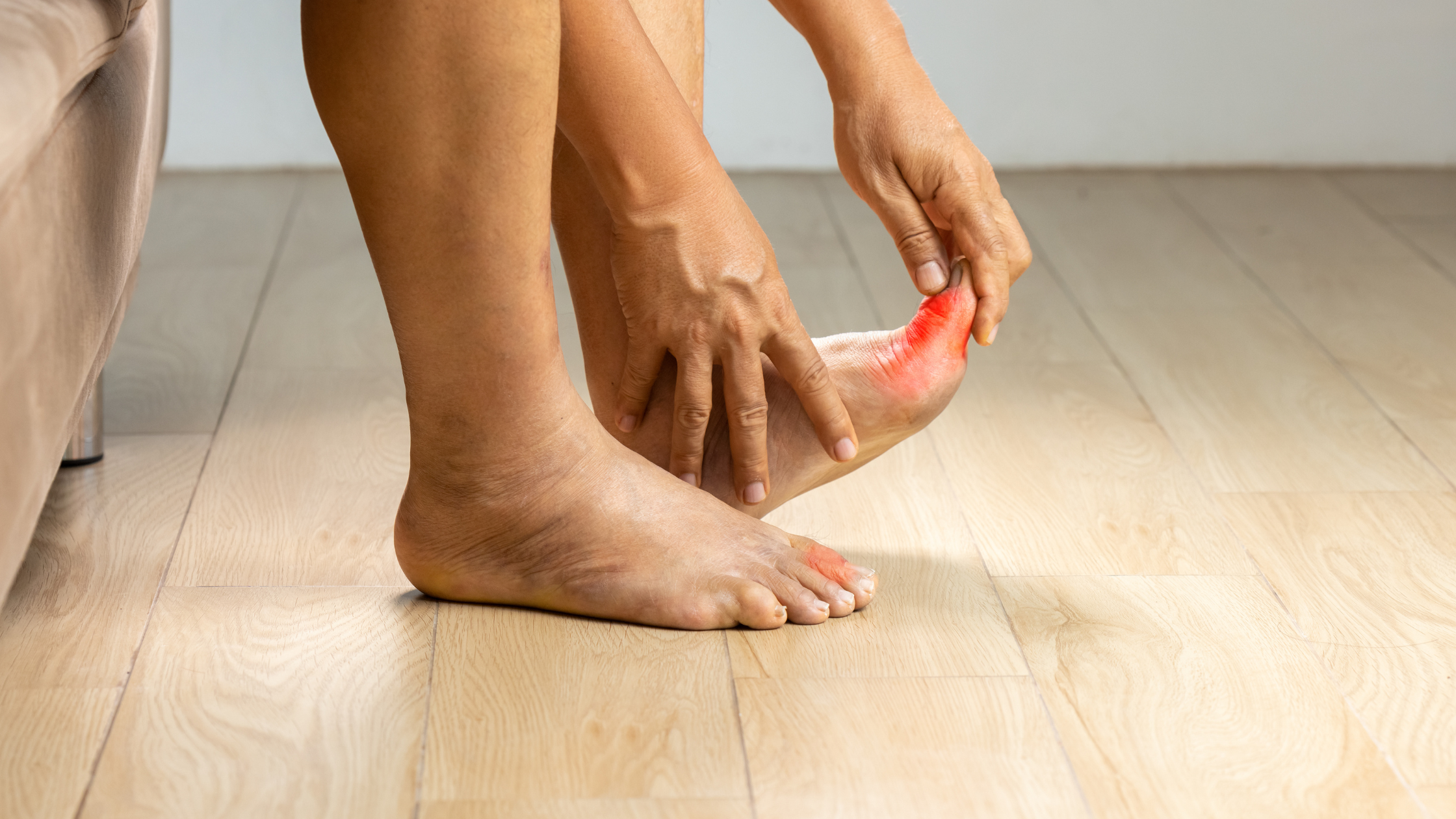
12 Oct Different Types of Arthritis
Arthritis is a term used to describe the inflammation and stiffness of the joints that cause pain and discomfort. It is a prevalent condition that affects millions of people worldwide, and there are several different types of arthritis, each with its own unique symptoms and causes. Understanding the different types of arthritis is important in order to properly manage and treat the condition. In this blog post, we will explore the most common types of arthritis and discuss their symptoms.
Different Types of Arthritis
-
Osteoarthritis (OA):
Osteoarthritis is the most common type of arthritis, often referred to as “wear and tear” arthritis. It occurs when the protective cartilage that cushions the ends of bones wears down over time. Although it can affect any joint in the body, the most commonly affected areas are the knees, hips, hands, and spine. Symptoms of osteoarthritis include joint pain, stiffness, swelling, and decreased range of motion. The pain typically worsens with activity and eases with rest.
-
Rheumatoid Arthritis (RA):
Rheumatoid arthritis is an autoimmune disease that causes chronic inflammation in the joints. It primarily affects the synovial lining, which causes pain, swelling, and stiffness. Unlike osteoarthritis, rheumatoid arthritis can affect multiple joints simultaneously and often occurs symmetrically. Patients with RA may experience fatigue, fever, and loss of appetite in addition to joint symptoms. Over time, rheumatoid arthritis can lead to joint deformities and damage if left untreated.
-
Psoriatic Arthritis (PsA):
Psoriatic arthritis is a chronic inflammatory arthritis that affects individuals with psoriasis, a skin condition characterized by red, scaly patches. PsA typically involves joint pain, stiffness, and swelling, commonly affecting the fingers and toes. It can also cause inflammation in other areas such as the spine, causing back pain and limited mobility. Some individuals may also develop nail changes, such as pitting or separation from the nail bed. Psoriatic arthritis is a progressive condition that can cause joint damage if not managed properly.
-
Gout:
Gout is a form of inflammatory arthritis that occurs when there is an accumulation of uric acid crystals in the joints. It most commonly affects the big toe, causing sudden and intense pain, swelling, redness, and warmth in the affected joint. The pain associated with gout often occurs at night and can wake individuals from sleep. Gout attacks can be triggered by certain foods high in purines, such as red meat and seafood, as well as alcohol consumption.
-
Juvenile Arthritis:
Juvenile arthritis refers to a group of arthritic conditions that affect children and adolescents under the age of 16. There are several subtypes, including juvenile idiopathic arthritis (JIA), which is the most common form. The symptoms of juvenile arthritis are similar to those in adults, including joint pain, swelling, stiffness, and limited mobility. It’s important to note that children with juvenile arthritis can experience additional complications, such as growth problems and eye inflammation.
-
Ankylosing Spondylitis:
Ankylosing spondylitis (AS) is a chronic inflammatory arthritis that primarily affects the spine and sacroiliac joints, which connect the lower spine to the pelvis. It can cause back pain, stiffness, and limited mobility. As the disease progresses, it may lead to the fusion of the spine, resulting in a stooped posture and reduced flexibility. Ankylosing spondylitis can also affect other joints, such as the hips, shoulders, and knees.
-
Systemic Lupus Erythematosus (SLE):
Systemic lupus erythematosus, commonly known as lupus, is an autoimmune disease that can affect various organs and tissues, including the joints. Symptoms of lupus can be diverse and can include joint pain, swelling, and stiffness. Lupus can also cause skin rashes, fatigue, fever, and organ involvement. The severity and extent of symptoms can vary greatly among individuals with lupus.
It’s important to understand that this is not an exhaustive list of all types of arthritis, as there are other less common variants, such as reactive arthritis and infectious arthritis, which occur as a result of an infection that spreads to the joints. Additionally, there are overlapping conditions like fibromyalgia that can cause similar symptoms but are not classified as arthritis.
Contact Us Today
In conclusion, arthritis encompasses a wide range of conditions, each with its own distinct symptoms and causes. Understanding the different types of arthritis is crucial for early diagnosis, appropriate treatment, and effective management of the disease. If you or a loved one are experiencing joint pain, stiffness, or other concerning symptoms, it is essential to consult with a healthcare professional for an accurate diagnosis and personalized treatment plan. With the right approach, individuals living with arthritis can lead fulfilling and active lives.
